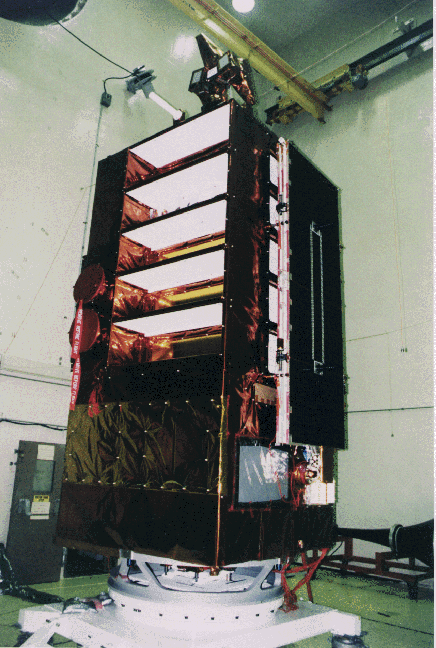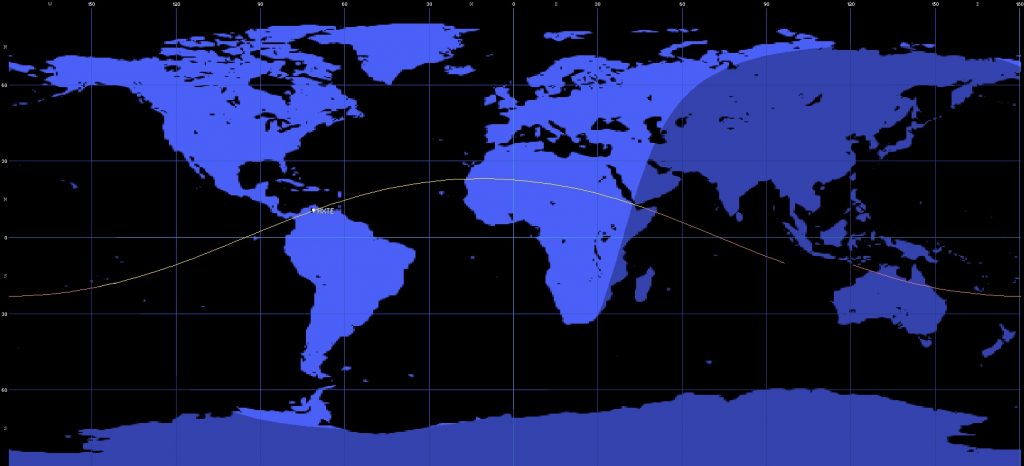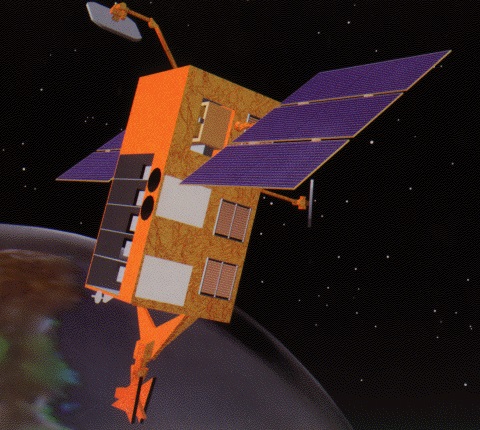Re-Entry: RXTE

The Rossi X-Ray Timing Explorer (RXTE or XTE) spacecraft re-entered the atmosphere on April 30, 2018 after over 22 years in orbit, sixteen of which were spent observing the time variation of astronomical X-ray sources – contributing to over 1,400 scientific papers and validating parts of Einstein’s Theory of General Relativity. RXTE measured the temporal and broad-band spectral phenomena in the energy range of 2 to 200 kilo-Electronvolt on timescales of microseconds to several years.
The 3,200-Kilogram RXTE observatory launched atop a Delta II rocket on December 30, 1995 to put to use a suite of three instruments: an All Sky Monitor built around Xenon proportional counter to collect data over 80% of the sky on each orbit around Earth; an Proportional Counter Array offered a large collecting area and energy resolution by combining five proportional counters; and the High Energy X-Ray Timing Experiment to collect high-speed background measurements at a time resolution of eight milliseconds.
RXTE was built for a design life of two years with a stretch goal of five years, but ended up operating for 16 years until January 2012 when the spacecraft was commissioned. The observatory operated from an orbit of 565 by 585 Kilometers, inclined 23° from which it slowly spiraled down toward the dense atmosphere, culminating in re-entry on April 30, 2018.
NORAD ID: 23757
Origin: USA
Object: XTE / RXTE
Type: Astrophysics Research Mission
Launch Mass: 3,200 Kilograms
Launched: December 30, 1995 – 13:48 UTC
Launch Vehicle: Delta-II 7920-10
Launch Site: SLC-2 Vandenberg Air Force Base
Operational Orbit: 565 x 585 km, 23°
Re-Entry Prediction: April 30, 2018 – 14:45 UTC ±7 Minutes
Re-Entry Zone: Mismatch between timing & location provided by JSpOC


